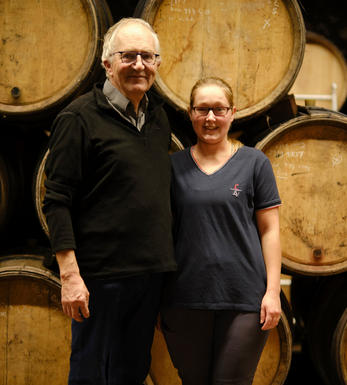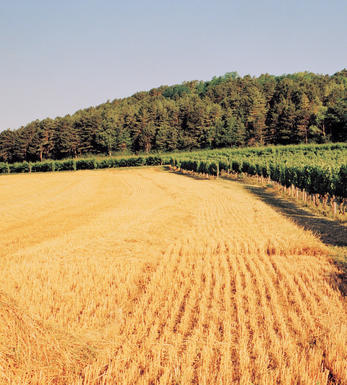
About this WINE

Domaine Michel Lafarge
Following the sad passing of Michel in January 2020, his son Frédéric and granddaughter Clothilde maintain his legacy – producing some of the greatest wines in Volnay.
There’s nothing modern in the winemaking at Domaine Michel Lafarge, though the meticulous care for their biodynamically farmed vineyards puts them at the forefront of viticultural practices.
In the vineyard
Vineyard work is usually assisted by the estate’s hens, who eat up any lurking pests. In ’14, Frédéric and Chantal (maiden name Vial) Lafarge decided to buy some Beaujolais vineyards, starting in Fleurie before expanding into Chiroubles and the Côte de Brouilly. The vineyards had all previously been run organically, and that continues under the Lafarge-Vial stewardship – along with biodynamic treatments.
In the winery
The grapes are destemmed and vinified traditionally; very little new oak is used in the cellar.

Bourgogne Passetoutgrains
The appellation Bourgogne Passetoutgrains is the only exception to the usual rule in Burgundy that wines are made from single grape varieties. The rule states that this wine must be made from at least 30% Pinot Noir.
Bourgogne Passe-Tout-Grains is allowed to be produced in the entire area known as the basic Bourgogne appellation. This encompasses 91 communes from the department of Côte d'Or, 85 communes of Rhône (not to be confused with the wine region Rhône), 154 communes of Saône et Loire region and 54 communes of Yonne.

Pinot Noir
Pinot Noir is probably the most frustrating, and at times infuriating, wine grape in the world. However when it is successful, it can produce some of the most sublime wines known to man. This thin-skinned grape which grows in small, tight bunches performs well on well-drained, deepish limestone based subsoils as are found on Burgundy's Côte d'Or.
Pinot Noir is more susceptible than other varieties to over cropping - concentration and varietal character disappear rapidly if yields are excessive and yields as little as 25hl/ha are the norm for some climats of the Côte d`Or.
Because of the thinness of the skins, Pinot Noir wines are lighter in colour, body and tannins. However the best wines have grip, complexity and an intensity of fruit seldom found in wine from other grapes. Young Pinot Noir can smell almost sweet, redolent with freshly crushed raspberries, cherries and redcurrants. When mature, the best wines develop a sensuous, silky mouth feel with the fruit flavours deepening and gamey "sous-bois" nuances emerging.
The best examples are still found in Burgundy, although Pinot Noir`s key role in Champagne should not be forgotten. It is grown throughout the world with notable success in the Carneros and Russian River Valley districts of California, and the Martinborough and Central Otago regions of New Zealand.



Buying options
Add to wishlist
Description
An extraordinary cuvee of Gamay and Pinot Noir (50/50%) made from vines planted in the 1930s - the first cuvee ever to be bottled by Michel's grandfather Henri Lafarge. Rich, complex, aromatic, long yet unlike almost any other Burgundy! (Jasper Morris MW)
wine at a glance
Delivery and quality guarantee